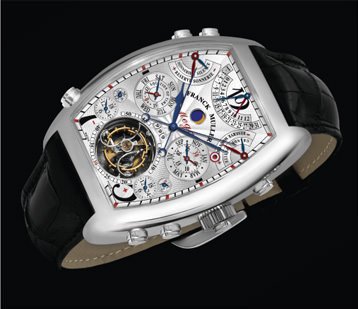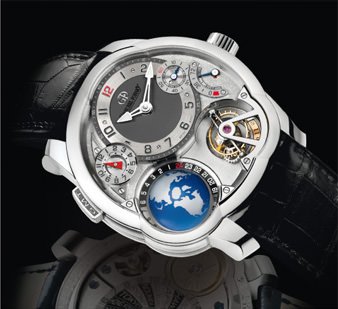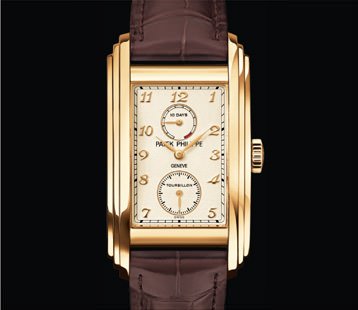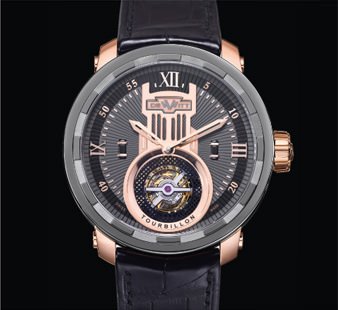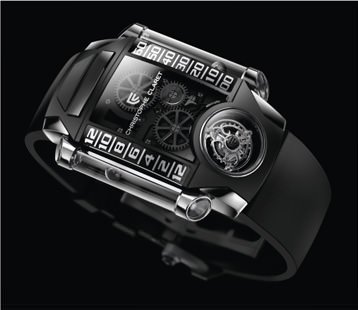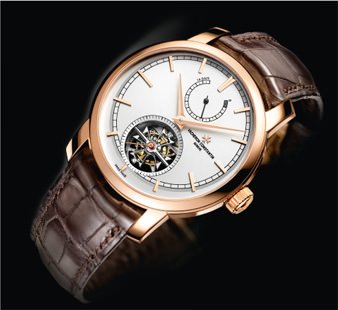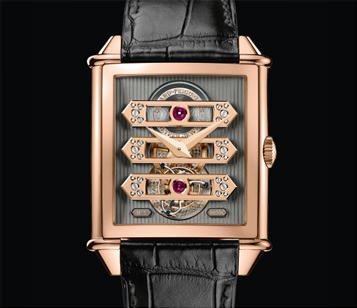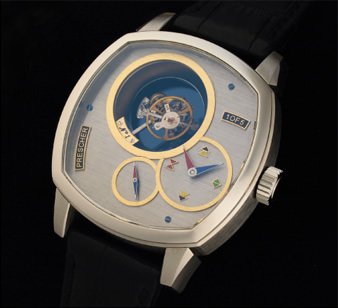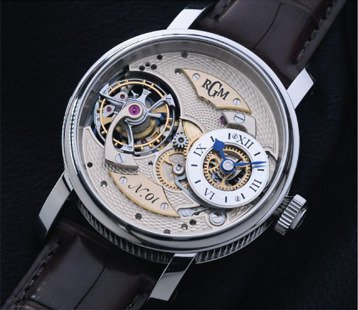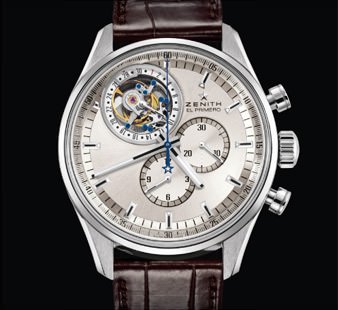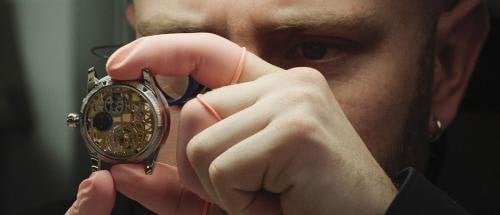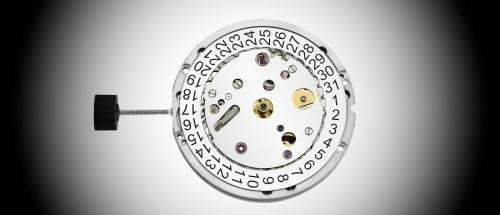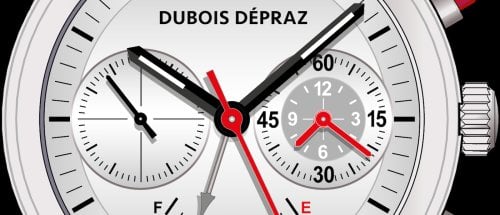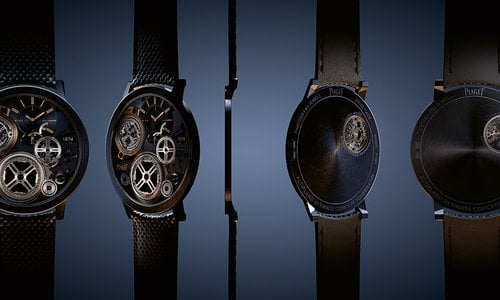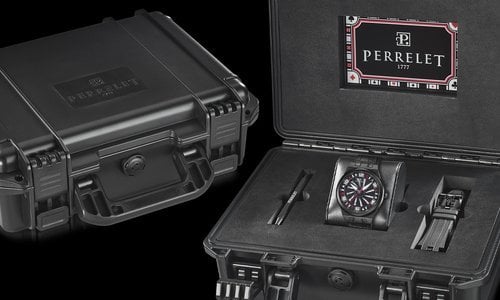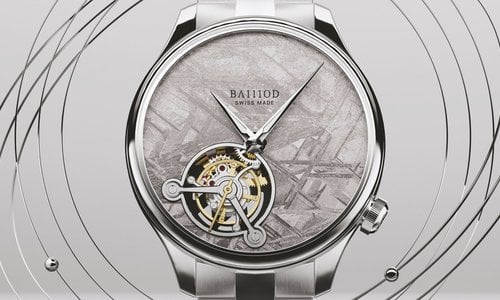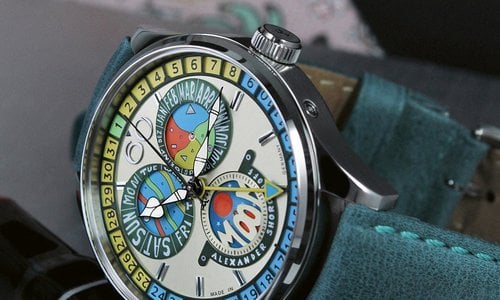Turning. Spinning. Rotating. Revolving.
All these words describe the tourbillon, the complication that has long been considered watchmaking’s highest accomplishment.
Anyone who looks at a tourbillon will be drawn in and fascinated by the cage of the timepiece, which typically holds the escapement wheel, the escapement and the regulatory organ, the balance. All these small, complex parts are moving, turning and spinning, constantly. Watch lovers have been known to lose themselves while admiring a tourbillon, with good reason.
Invented in 1795 by Abraham-Louis Breguet and patented in Paris in 1801, the tourbillon was created not for aesthetic reasons, but instead to solve the problems associated with the effects of position of a pocket watch on the accuracy and the precision of a timepiece —as too often, a pocket watch was placed in one position for long periods of time (on a desk, on the night table, in a pocket, etc.).
Breguet’s invention solved the positional effects by having the cage of the tourbillon rotate. With wristwatches, the problem of positioning is not so critical, as the timepieces move with the wrists of their owners. However, tourbillons have proven to be the most precise mechanical watches, as a Jaeger-LeCoultre tourbillon won the first International Chronometry Competition organised by the watchmaking museum in Le Locle, and another tourbillon from Jaeger took second place.
|
|
The ultimate complication
The tourbillon is highly prized as the ultimate complication. The reason for this is that the creation and assembly of a fine tourbillon is extremely difficult and only the best manufactures can produce this complication.
The intrigue of the tourbillon is its constant movement—the tourbillon cage spins all the time, captivating the wearer and anyone else who looks at the timepiece. As a result of this beauty and complexity, the tourbillon has become the ultimate timepiece, the creation of which earns a company a place of respect in the watchmaking pantheon.
Due to the proliferation of tourbillons recently, the bloom is a little off the rose, as familiarity too often breeds contempt. In the past, only a few watchmaking brands offered a tourbillon in their range. Now, to the delight of watch lovers everywhere, more and more brands offer tourbillons, and at prices that make them more accessible.
Despite the increasing numbers of tourbillons on the market, it’s important to remember that the production of a tourbillon is an incredible achievement that takes amazing skill.
The tourbillon cage, the heart of the tourbillon, if you will, is an incredible feat of engineering. The tourbillon mechanism itself can have 50 or more parts, all weighing as little as possible (e.g. the entire tourbillon cage of the Vintage 1945 Tourbillon with three Gold Bridges from Girard-Perregaux, comprised of 70 different components, weighs just 0.3 grams).
Not just any watchmaker can assemble a tourbillon, either. Only a master watchmaker at the peak of his craft can handle the intricacies of creating and regulating such a complication. Regular line watches are typically assembled by teams of watchmakers, each doing a specific job in a line of steps that make up the watch. For tourbillons, one master watchmaker, specialising in the complication, assembles the entire watch, from start to finish, painstakingly placing each part in place, often hand finishing, bevelling, decorating and adjusting, then regulating the final timepiece. This process takes an incredible amount of time and ensures the uniqueness of each tourbillon, making every timepiece, because of the nuances of finishing and adjusting each watch, a one-of-a-kind piece of watchmaking art.
|
|
As the tourbillon has become more available, many watchmakers have taken this complication to another level by combining it with other complications. Franck Muller, Jean Dunand, Girard-Perregaux, Jaeger-LeCoultre, Audemars Piguet and others make watches that include a tourbillon but also other useful complications like Perpetual Calendars, Minute Repeaters, Chronographs, GMTs and more. Franck Muller has made one of the most complicated timepieces ever with the Aeternitas Mega, which combines a tourbillon with just about every other complication known to watchmaking. Jean Dunand has made the entire dial of its Tourbillon Orbital rotate, not just the cage, so the dial is constantly changing throughout the day and night. Roger Dubuis has brought out the double tourbillon, while Greubel-Forsey inclines theirs.
Small watchmaking houses, often called “boutique brands”, are working to push the tourbillon to even greater heights. Thomas Prescher makes his tourbillons entirely by hand, as does Roland Murphy from RGM. Richard Mille has specialised in making the lightest possible tourbillons, and demonstrated the ability to make them rugged as well by putting them on the wrists of Rafael Nadal and US Masters-winning golfer Bubba Watson.
|
|
The reason for being
Since the tourbillon was invented by Abraham-Louis Breguet to counteract the effects of gravity on a pocket watch, does it still have validity today, when people are wearing wristwatches?
“For many, the chronometry/precision aspects come at first when you start to think about the tourbillon device, in its historical context of a pocket watch,” explains Christian Selmoni, Vacheron Constantin. “In recent times, however, manufacturing techniques and innovations may allow a very high level of precision, for ‘simple’, traditional escapements without tourbillon devices... Besides that, our tourbillon movements remain obviously among the most precise movements of the whole range of Vacheron Constantin calibres.
“Due to the complexity of its design, and notably the rotating cage, the tourbillon represents a challenge for a master watchmaker, when considering the assembling operations, as well as the time adjustment of course,” he concludes.
In fact, the tourbillon has enabled movement makers to go to a new level of precision.
“The precision of our tourbillons is far greater than that required for COSC certification, especially since Zenith combines the advantages of the tourbillon with the exceptional chronometric qualities of the high-frequency El Primero movement, thereby gaining ever greater precision,” says Yves Corthesy, director of the movement department, Zenith. “The difficulty in a tourbillon lies not in its principle, but in the finesse and precision required to craft it. Based on high-quality components, a considerable proportion of its qualities will stem from the dexterity of the watchmaker assembling the mechanism. It therefore takes skill and knowledge not only to produce the necessary parts, but also to be able to set them in motion together: a combination of skill and knowledge that is well established and consistently cultivated within the Manufacture Zenith. The brand’s first pocket-watch tourbillon was produced in 1920.”
Unlike standard movements, the best tourbillons are finished to a very high standard, to make sure that the many components work together flawlessly.
“The tourbillons that we make are of the very highest quality,” says Christophe Claret. “For example, the cage and the bridge are bevelled and flat polished. We also pay particular attention to the regulation of the escapement to obtain excellent chronometry and ensure COSC certificate qualification.”
All this attention to detail is in service of precision, while at the same time acknowledging that making a tourbillon is a watchmaking tour de force.
“The tourbillon movement developed by Breguet was an historical benchmark in the quest for precision in timekeeping,” says Jerôme De Witt. “Today at DeWitt, our objective is to perpetuate this goal of manufacturing the most precise mechanical watches possible. Our first in-house movement was a tourbillon, the calibre DW8028, and confirmed the depth of our know-how and autonomy as a manufacturer. Since our first tourbillon in 2010, we followed in 2011 with a unique automatic tourbillon, calibre DW8014, yet again an example of our dedication to precision in watchmaking.
|
|
The manufacturing challenge
Tourbillons are challenging to manufacture, as the tolerances are so tight.
“In the 211 years since Breguet introduced the tourbillon movement in 1801, it is estimated that only 250 watchmakers have mastered the art of making a tourbillon movement,” De Witt continues. “It is considered to be one of the most challenging movements to make. A little plate bearing the signature of our master watchmaker is placed on the barrel-bridge as a witness to the pride and affection put into the creation of each DeWitt Twenty-8-Eight tourbillon.”
Sure, there are tourbillons on the lower end that don’t keep good time, but they are the exception rather than the rule.
“It takes so much care to accomplish a tourbillon that works well,” says Roland Murphy, RGM Watch Company (PA, USA). “Timekeeping should be one of the priorities when making a tourbillon.”
Finishing is a priority with tourbillons, as the tourbillon cage is usually on display for all to see. “The finishing is extremely important, especially for Franck Muller tourbillon watches, where the tourbillon is visible on the dial of the watch,” says Pierre-Michel Golay, Director of Research & Development, Franck Muller. “The quality of the polishing of all the parts, including the bridges and the balance wheel has to be perfect. The tourbillon frame has to be as light as possible and the centre of gravity has to be exactly on the rotation axis. To achieve that we have to use light metals, such as titanium or aluminium alloys. The machines used and assembly also has to be perfect to reach the required accuracy.”
Roger Dubuis focuses on finishing to a great degree, as they are the only manufacture applying the Geneva Hallmark criteria on every tourbillon they make. “The precision in terms of manufacturing needs to be a lot more accurate for tourbillon components than for simple movements,” says Gregory Brutin, Associate Director Movement Development for Roger Dubuis. “As for the assembling and the regulation, it’s a longer process than for a simple movement and it requires a lot of experience and precision for the watchmaker.”
Modern manufacturing methods have made it possible to mass produce tourbillon components, but the highest quality tourbillons rely on hand craftsmanship and traditional high watchmaking.
“Making tourbillons once was the royal art of watchmaking, because no series were done and so everything had to be created by hand,” explains Thomas Prescher. “Today we have production methods which allow us to produce spare parts in extreme high precision and acceptable quality. So it is already possible to have extremely cheap tourbillons from the Far East for about $250. So it is again up to the client to decide if he wants a real handmade masterpiece made in a traditional way with perfect finish which should be at least $100,000 or if he decides for a more industrial product from $250 up.”
|
|
Taking the tourbillon to the next level
Today, the tourbillon is alive and well, offered by some of the most traditional brands, like Girard-Perregaux, Vacheron Constantin, Zenith and Bovet, but at the same time it has been turned on its head by new companies like Franck Muller, Greubel Forsey, DeWitt and Richard Mille, looking to take the tourbillon to another level.
The additional complications and use of new designs and materials make the tourbillon even more difficult to create and even more valuable and sought-after.
Regardless of what is done today to the tourbillon, the power of this “beating heart”, the revolving wonder of watchmaking, to fascinate will never diminish.
“The tourbillon has become more common over the last few years as it is one of the simplest complications to realise in haute horlogerie,” says Claret. “Simple to realise, but still very difficult to realise to a very high standard, which is why excellent tourbillons are much rarer. Nevertheless, I think that the tourbillon will always have its place when it is executed properly and complemented by other interesting and innovative complications.”
Combining aesthetics with watchmaking artisty, the tourbillon is an amazing complication.
“The tourbillon is an impressive-looking watchmaking movement, and its rotating cage makes it truly spectacular,” says Vacheron’s Selmoni. “At Vacheron Constantin, only a few tourbillons are manufactured every year, due to the complexity of their construction and their hand-made finishing. By doing so, we want to maintain the exclusivity of the tourbillon, and of course maintain as well the reputation of our tourbillons at a very high level. The tourbillon is an essential complication for watch collectors.
“We think that there is plenty of room for new tourbillon movements—the tourbillon can be seen as an example of extreme, sophisticated miniaturisation, and the current technical improvements and innovations allow new developments in this field—just to mention one example,” he adds.
Thankfully, tourbillons are here to stay.
“For some customers, the tourbillon is just aesthetic and technical, but for collectors and watchmakers, the tourbillon is a brilliant engineering feat,” says Roger Dubuis’s Brutin.
|
Source: Europa Star August - September 2012 Magazine Issue

